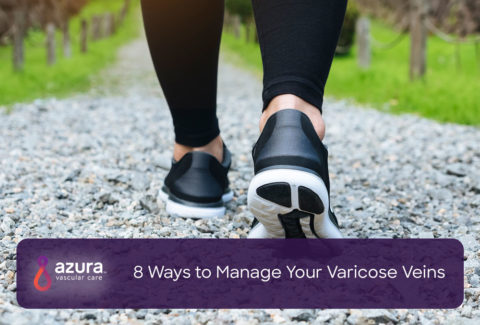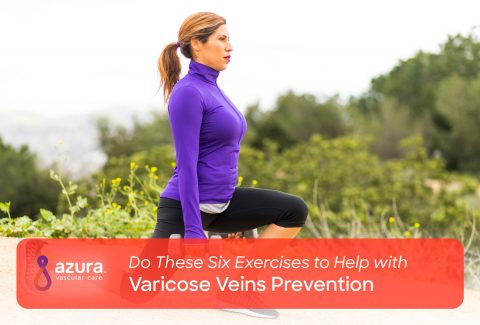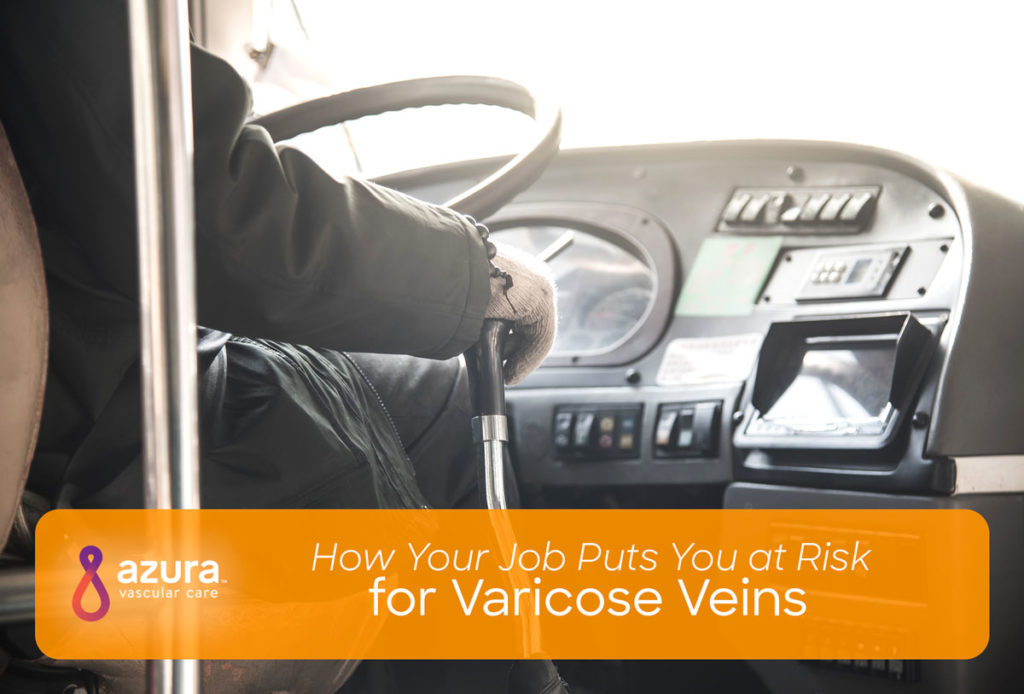
Standing for more than four hours per day at work may put professionals, such as teachers, at risk for varicose veins, but working in a profession that requires a person to sit all day can also increase the risk for varicose veins. (i)
Prolonged standing can cause veins to overwork and blood may pool in the leg veins, increasing pressure in those veins, causing the valves to become weak and inefficient leading to varicose veins. Sitting for several hours instead of standing is not a solution. Prolonged sitting also causes blood to pool in the legs, which increases vein pressure and may lead to varicose veins.
Over time, vein valves and the interior walls of these veins can become weakened and lead to unsightly and painful, ropey, and often bulging varicose veins. Early symptoms include leg pain, heaviness and a burning sensation, as well as discomfort that usually eases while sitting but increases with movement or standing.
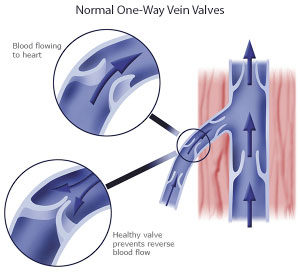
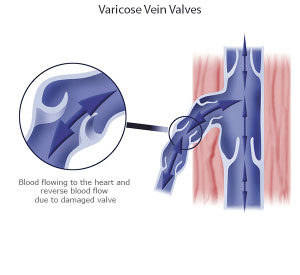
Let’s look at a few standing and sitting jobs or career types that may increase your risk of developing varicose veins and what actions you can take to reduce that risk. Even if you don’t see your job listed below, you may find similarities between these employment types and your job requirements. In other words, maybe you also work in a position that requires prolonged standing such as being a ticket taker, or dishwasher at a busy restaurant. If so, these risks also apply to you.
Education
Teachers and professors can spend hours on their feet in classrooms, then hours sitting down grading papers, creating lesson plans, and preparing a curriculum. Both situations put teachers at risk for varicose veins. Female teachers are more prone to varicose veins than men due to pregnancy and fashion trends such as wearing high heels.
Hospitality, Beauty and Retail
One study found that career hairdressers over the age of 45 who worked more than 10 hours a day were at an increased risk for varicose veins compared with those who were younger and worked the same hours. (ii)
Similar job types that require constant standing include baggage checkers, store greeters, hotel workers, and retail employees. Standing for an extended period of time behind a cash register, inside the entrance of a supermarket, or behind a hotel desk may lead to varicose veins.
Medical
Studies suggest that nurses have an increased risk of developing varicose veins, specifically ward nurses, because they spend so many hours on their feet, often working shifts that last well beyond eight hours. (iii)
Doctors who perform lengthy surgeries are also at risk.
Office or Technical
Prolonged sitting also increases your odds for developing varicose veins. Office workers or those who work in the computer field—especially in a busy office situation—might sit for hours on end. Some office workers don’t even break for lunch and find themselves eating at their desks. Information technology professionals who spend their time remotely accessing other computers for repair or maintenance often find themselves in the same situation.
Transportation
Bus, Uber, and taxi drivers who pull long shifts behind the wheel are also at risk for varicose veins. Long distance bus and truck drivers are especially at risk. Long distance drivers often sit for hours, sometimes more than 10 hours at a time.
How to Reduce Your Risk of Varicose Veins in the Workplace
If your profession requires extended periods of sitting or standing, try to break it up a little. Your body needs to move. In either situation, quitting smoking, losing weight, and increasing exercise can significantly reduce your risk for varicose veins.
Supportive, low-heeled shoes or support hose are certainly better for your leg veins than high heels if you stand all day, and leg elevation or a quick walk during your lunch hour can be beneficial if you sit through long shifts at work.
No matter what you do at work during the day, taking the time to exercise gets the blood flowing in your legs and encourages your veins to work optimally, helping to lower your risk for varicose veins.
If you have questions about varicose veins or if you would like to be assessed by one of our vascular specialists, contact us at 844-832-VEIN (8346) to request an appointment.
Sources:
(i) Waters, T.R., & Dick, R.B. (2015). Evidence of health risks associated with prolonged standing at work and intervention effectiveness. Rehabilitation Nursing, 40(3):148-165. https://www.ncbi.nlm.nih.gov/pubmed/25041875.
(ii) Chen, C.L., & Guo, H.R. (2014). Varicose veins in hairdressers and associated risk factors: A cross-sectional study. BMC Public Health, 14:885. https://bmcpublichealth.biomedcentral.com/articles/10.1186/1471-2458-14-885.
(iii) Nia, H.S., Chan, Y.H., Haghdoost, A.A., Soleimani, M.A., Beheshti, Z., & Bahrami, N. (2014). Varicose veins of the legs among nurses: Occupational and demographic characteristics. International Journal of Nursing Practice. doi.org/10.1111/ijn.12268. https://onlinelibrary.wiley.com/doi/abs/10.1111/ijn.12268.

